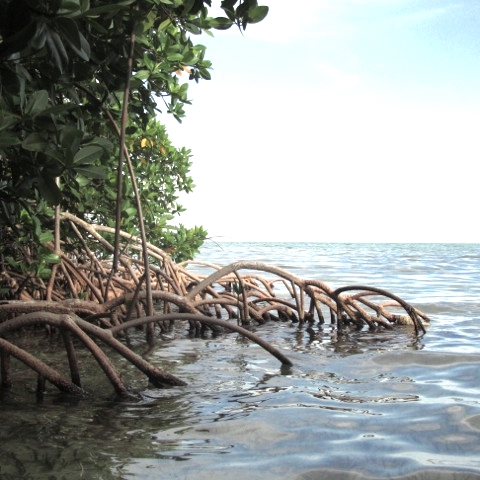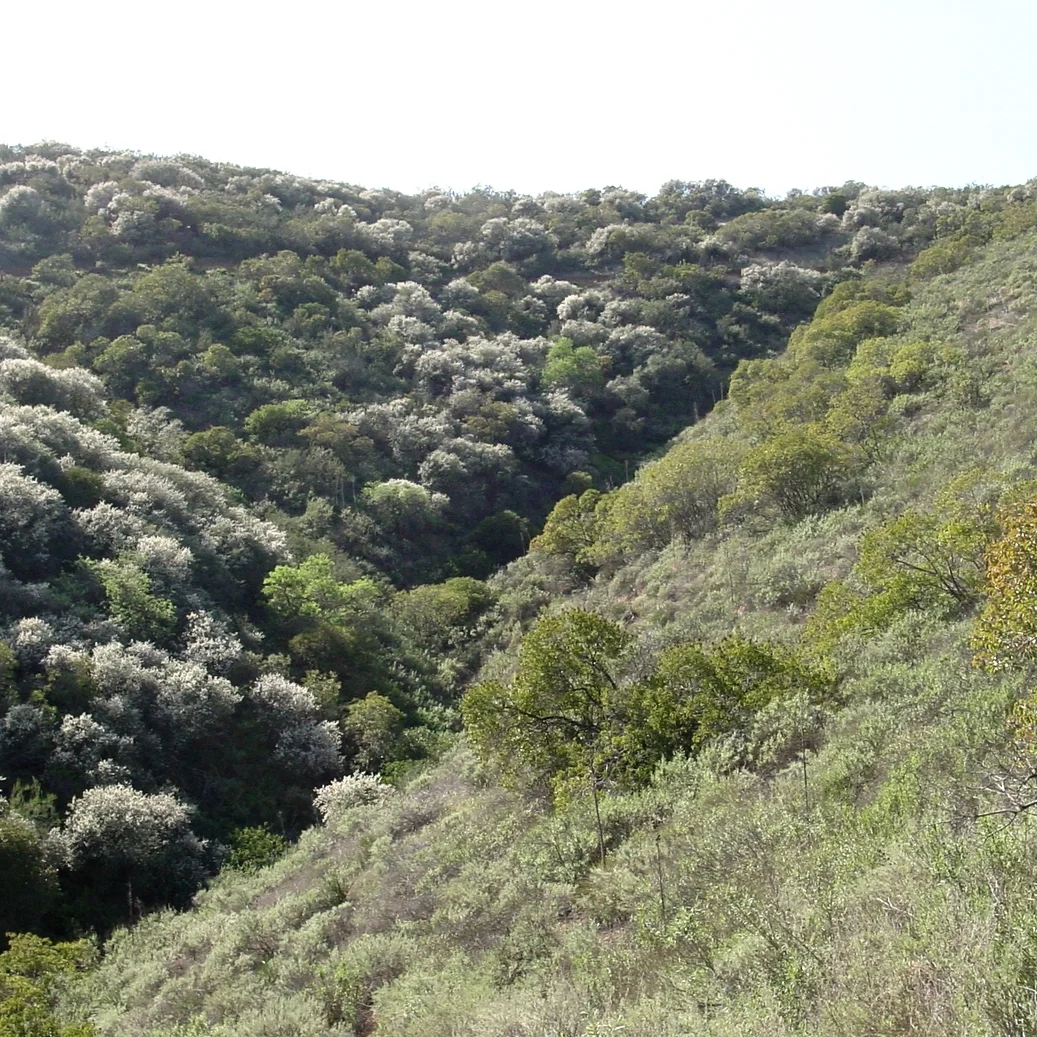











Discover the major ecology types found around the world and design questions relevant to each
An ecosystem is a living model, comprised of non-living and living elements, bound together by intricate relationships and cycles of energy. It thrives on adaptation, resilience, and balance. Any or all of these elements can serve as a source of inspiration or key information for ecological integration for designers.
Each ecology in Ecology Pocket Guide is described by the following components:
1. Abiotic Components:
Energy sources, water, air, minerals, and climate conditions form the foundational framework of any ecosystem. These elements shape the environment, providing the essential physical and chemical factors that influence the living components.
2. Biotic Components:
Producers (autotrophs), consumers (heterotrophs), and decomposers (detritivores) form the core of the ecosystem’s biological structure. Producers, such as plants and algae, harness energy from the sun, while consumers and decomposers transfer and recycle that energy through trophic levels.
3. Trophic Structure:
The flow of energy through an ecosystem is structured through trophic levels—primary producers, herbivores, carnivores, and decomposers. This framework helps understand the energy transfer and dependencies among species, creating a balanced, resilient system.
4. Nutrient Cycles:
Ecosystems function through nutrient cycles such as carbon, nitrogen, phosphorus, and water. These cycles are the unseen threads that connect organisms with their physical environment, supporting life and enabling regeneration.
5. Interactions:
Ecosystems are shaped by symbiosis, competition, predation, and mutualism. These interactions create a dynamic balance, where species co-evolve and adapt, forming intricate and interdependent networks.
6. Adaptation and Resilience:
Ecosystems are models of adaptation and resilience, evolving in response to disturbances such as natural disasters or human impact. This characteristic offers powerful insights into designing systems that are not only sustainable but regenerative.
7. System Boundaries and Scale:
Every ecosystem has defined boundaries, whether it's a small pond or a vast forest. Understanding its scale and limits is crucial to comprehending the flow of energy, movement of species, and impact of external influences.
For more information, see References.